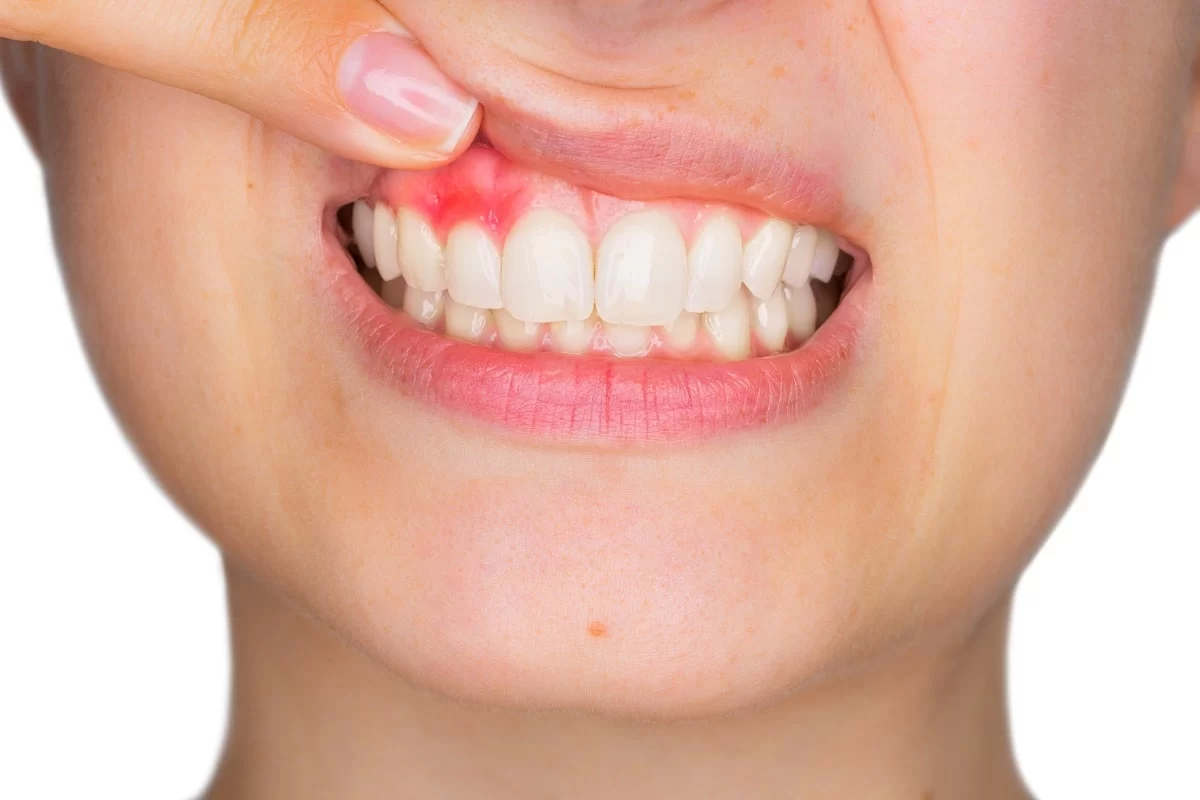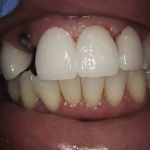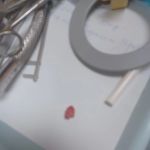
Symptoms of Gum Recession and How to Treat It
- Understanding Gum Recession
- Signs and Symptoms of Gum Recession
- What Causes Gum Recession?
- How to Treat Gum Recession
- Preventing Gum Recession
- Personal Experience and Expert Tips
Understanding Gum Recession
Gum recession is a condition in which the gums recede or pull back from the teeth, exposing more of the tooth or even the tooth's root. This can result in tooth sensitivity, aesthetic concerns, and, if left untreated, more serious dental issues. It is essential to understand the symptoms of gum recession and how to treat it to avoid long-term damage to your oral health.
Signs and Symptoms of Gum Recession
Gum recession is a gradual process, and its symptoms can develop over time. Some common signs of gum recession include:
- Tooth Sensitivity: You may experience increased sensitivity to hot, cold, or sweet foods and drinks as your gumline recedes.
- Visible Tooth Roots: The roots of your teeth may become visible as the gums pull back, which can affect the overall appearance of your smile.
- Longer-Than-Normal Teeth: Teeth may appear longer due to the receding gumline, often leading to cosmetic concerns.
- Loose Teeth: In severe cases, gum recession can lead to tooth mobility or even tooth loss.
If you notice any of these symptoms, it’s important to seek treatment early to prevent further damage.
What Causes Gum Recession?
Gum recession is caused by a variety of factors, some of which can be controlled, while others are linked to genetics. The main causes of gum recession include:
- Poor Oral Hygiene: Lack of proper brushing and flossing can lead to plaque buildup, which can irritate the gums and lead to gum recession.
- Genetics: Some people are more prone to gum disease and recession due to their genetic makeup.
- Brushing Too Hard: Aggressive brushing with a hard-bristled toothbrush can cause the gums to recede over time.
- Periodontal Disease: Gum disease is one of the leading causes of gum recession. If not treated, it can destroy the gum tissue and bone supporting the teeth.
- Hormonal Changes: Changes in hormones, such as during pregnancy, menopause, or puberty, can make gums more vulnerable to recession.
Understanding these causes is crucial for identifying the best prevention and treatment methods for gum recession.
How to Treat Gum Recession
While gum recession cannot be completely reversed, there are several treatment options available to prevent further damage and restore your gumline. Some of the most common treatments include:
- Scaling and Root Planing: A non-surgical treatment that involves cleaning the teeth and gums to remove plaque and tartar buildup below the gumline.
- Gum Grafting: In severe cases, gum grafting surgery can be performed to restore lost gum tissue. This involves taking tissue from another part of your mouth and attaching it to the affected area.
- Desensitizing Toothpaste: If you experience tooth sensitivity, using a toothpaste designed for sensitive teeth can help reduce discomfort while the gum heals.
- Laser Therapy: Laser treatment can be used to promote healing and stimulate the growth of new gum tissue.
It's important to work with a dentist to determine the most appropriate treatment for your specific condition.
Preventing Gum Recession
Prevention is key when it comes to gum recession. By following these steps, you can protect your gums and reduce the risk of recession:
- Brush Gently: Use a soft-bristled toothbrush and avoid brushing too hard, as this can damage your gums.
- Floss Daily: Flossing helps remove plaque from between the teeth and along the gumline, preventing gum disease.
- Regular Dental Checkups: Visit your dentist regularly for checkups and cleanings to catch any signs of gum disease early.
- Avoid Tobacco Products: Smoking and other tobacco products can increase the risk of gum disease and gum recession.
Taking care of your oral health is the best way to prevent gum recession and keep your smile healthy for years to come.
Personal Experience and Expert Tips
As someone who has dealt with gum recession personally, I can say that early intervention is critical. I noticed the first signs of tooth sensitivity and longer teeth when I was in my late twenties. With the help of my dentist, I started using a soft-bristled toothbrush and switched to a desensitizing toothpaste. After a few months, I noticed significant improvements in both my gum health and overall comfort.
Expert tip: If you’re dealing with gum recession, don't wait for it to get worse. The sooner you address it, the easier it is to manage and prevent further complications.
For more information about treating gum recession or to explore effective products for gum health, visit Dentistry Toothtruth for the latest recommendations.







 Society Hill Dental4.0 (145 review)
Society Hill Dental4.0 (145 review) Paul E. Webb, DDS5.0 (11 review)
Paul E. Webb, DDS5.0 (11 review) The Orthodontists at Council Bluffs0.0 (0 review)
The Orthodontists at Council Bluffs0.0 (0 review) Smile Dental of New Rochelle5.0 (242 review)
Smile Dental of New Rochelle5.0 (242 review) Dental Dreams-Cermak4.0 (284 review)
Dental Dreams-Cermak4.0 (284 review) Edward Kim DMD4.0 (16 review)
Edward Kim DMD4.0 (16 review) The Importance of Oral Health Education During Pregnancy for a Healthy Pregnancy
The Importance of Oral Health Education During Pregnancy for a Healthy Pregnancy Best Tips for Brushing Your Teeth Properly for Healthy Gums: Essential Techniques for Oral Health
Best Tips for Brushing Your Teeth Properly for Healthy Gums: Essential Techniques for Oral Health Why Skipping Dental Checkups Can Lead to Bigger Oral Health Problems
Why Skipping Dental Checkups Can Lead to Bigger Oral Health Problems Advantages of Porcelain Dental Restorations
Advantages of Porcelain Dental Restorations How Can Diabetes Cause Tooth and Gum Problems? Preventing and Managing Oral Health Issues
How Can Diabetes Cause Tooth and Gum Problems? Preventing and Managing Oral Health Issues Healthy Habits for Promoting Good Oral Health and Hygiene: Tips for a Healthy Smile
Healthy Habits for Promoting Good Oral Health and Hygiene: Tips for a Healthy Smile